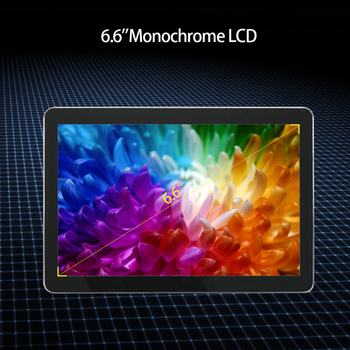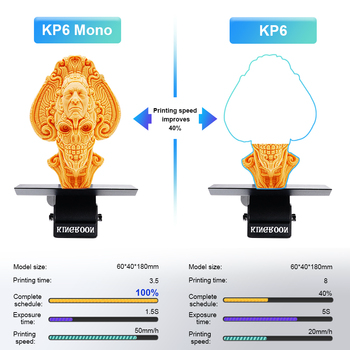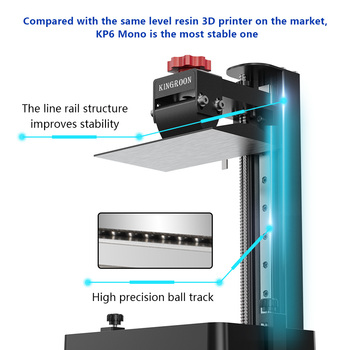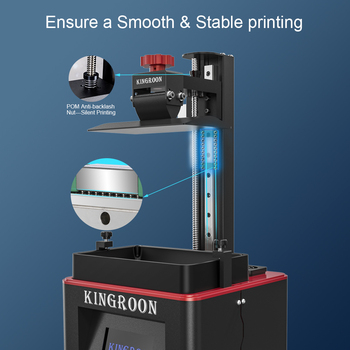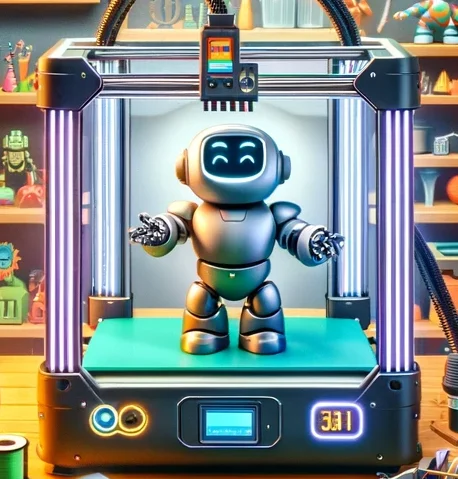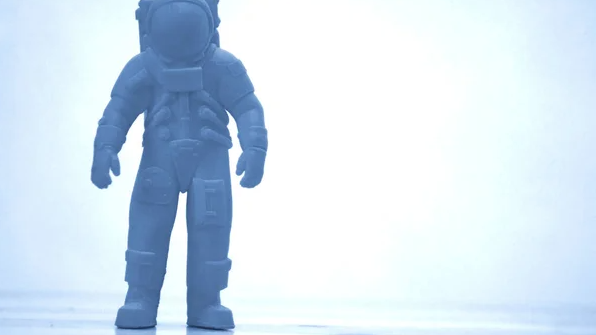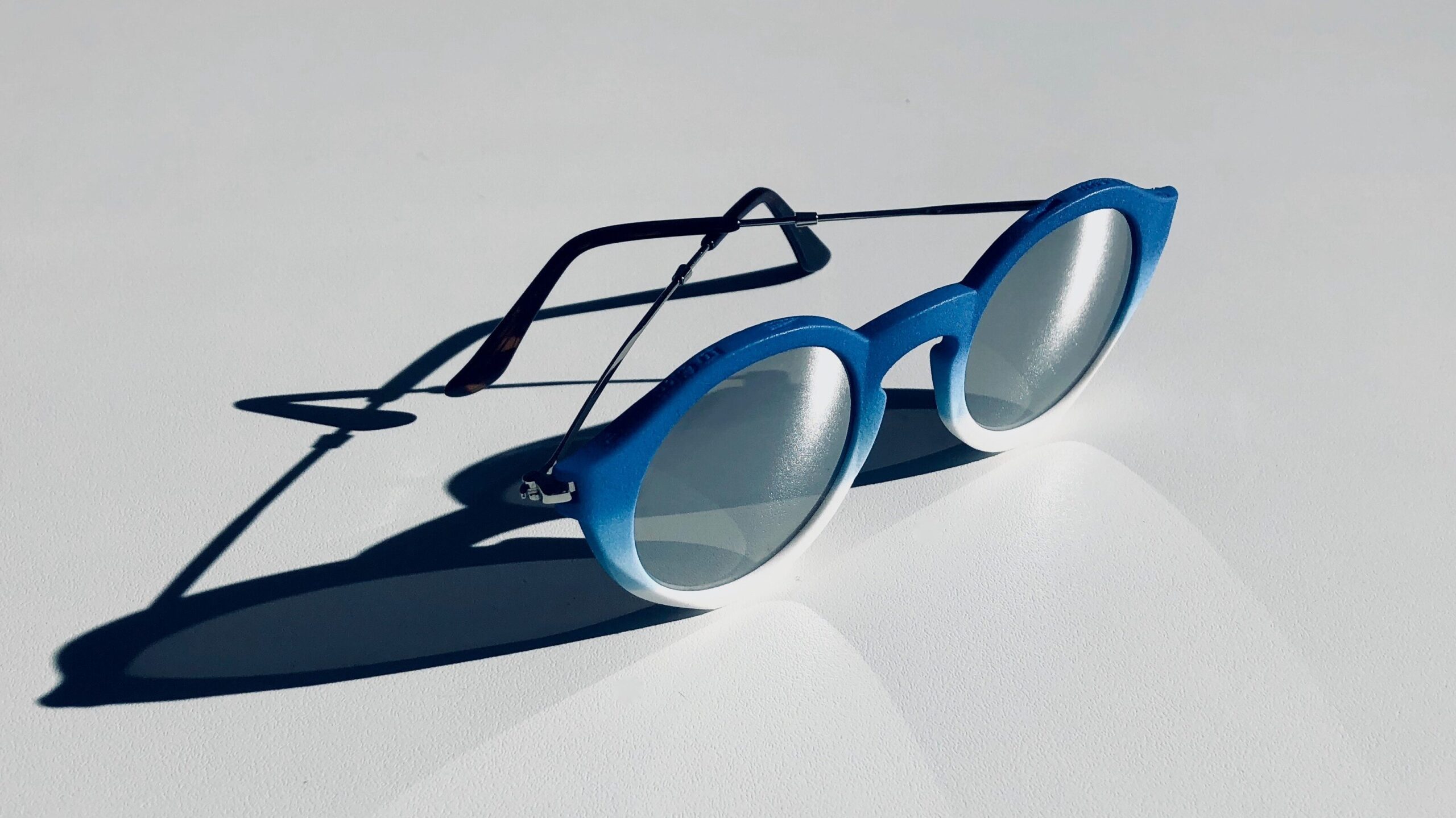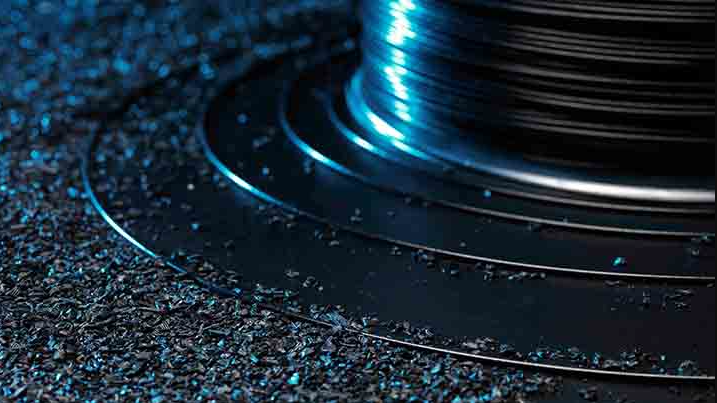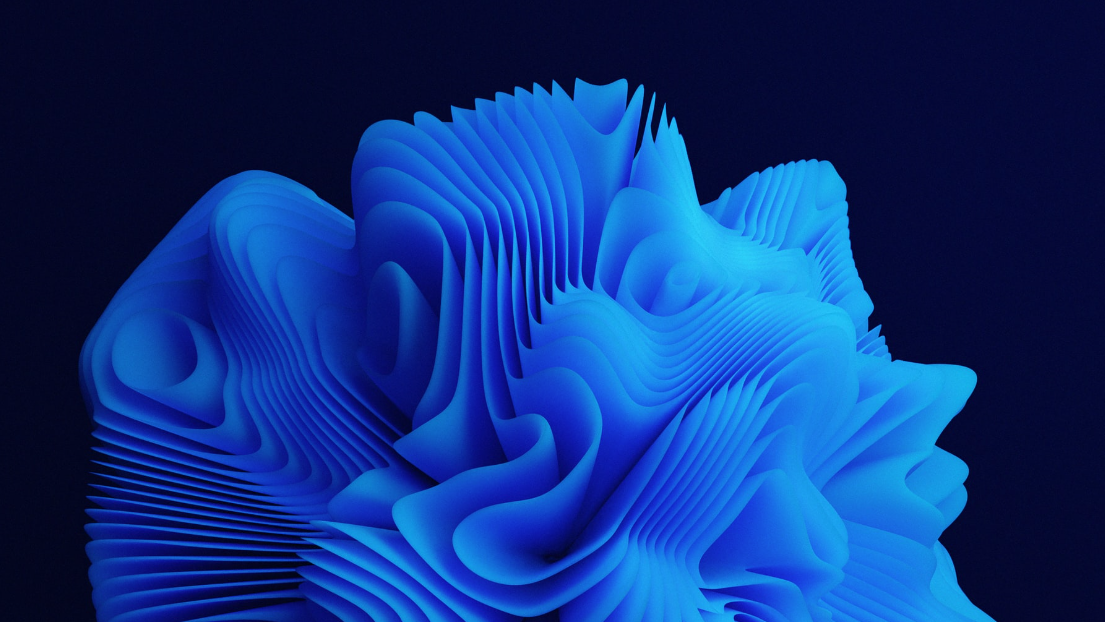When it comes to 3D printing, having access to a community of like-minded individuals and resources can make all the difference. For those just starting with resin printing, it can be challenging to navigate the world of 3D printing and find the right resources. Fortunately, there are a number of directories, forums, and online communities that can provide valuable guidance and support.
Directories and Hubs
Directories are a great place to start for those looking to find 3D printing services, software, or hardware. One popular directory is 3D Hubs, which allows users to find local 3D printing services, compare prices, and upload their own designs for printing. Another directory is All3DP, which provides reviews and comparisons of different 3D printers and software.
Forums and Online Communities
Forums and online communities offer a place for 3D printing enthusiasts to connect with one another, ask questions, and share their experiences. One popular forum is the Reddit 3D Printing community, which has over 2 million members and covers a wide range of 3D printing topics. Another community is the Facebook 3D Printing Group, which has over 40,000 members and offers a platform for sharing tips, tricks, and project ideas.
In addition to directories and forums, there are also online courses and tutorials available for those looking to improve their resin printing skills. Some popular options include LinkedIn Learning, Udemy, and Coursera. These platforms offer courses on a variety of topics, from beginner-level introductions to advanced techniques for experienced users.
- “3D Printing with Resin” on LinkedIn Learning – Learn how to create high-quality prints with resin 3D printing.
- “Resin 3D Printing: An Introduction” on Coursera – Gain an understanding of resin 3D printing and learn about the different types of resins available.
- “The Ultimate Guide to 3D Printing” on Udemy – Learn how to use a 3D printer and create your own models with a variety of software.
- “Introduction to 3D Printing” on Udacity – Learn the basics of 3D printing, including how to design, prototype, and manufacture products.
- “3D Printing for Beginners” on Skillshare – Learn the fundamentals of 3D printing, including how to design and print your own models.
- “Introduction to 3D Printing: From Concept to Product” on edX – Learn how to use 3D printing to turn your ideas into tangible products.
3D Resin Printing YouTube Videos and Channels
Competitions and Awards
You can find information on the winners of various 3D printing awards and competitions, including those that involve resin printing, on the respective websites of the awarding organizations.
For example, on the website of the International Design Awards (IDA), you can browse the winners of the various categories, including those related to 3D printing:
Similarly, on the website of the 3D Printing Industry Awards, you can find information on the past winners in different categories, including those related to resin printing.
- International Design Awards (IDA) – The IDA recognizes outstanding work in product, graphic, and fashion design, including 3D printed products using resin printing technology.):
- 3D Printing Industry Awards – This annual event recognizes the most innovative 3D printing companies and products in various categories, including resin printing.
- Formnext Start-up Challenge – This competition is focused on recognizing innovative start-ups in the 3D printing industry, including those using resin printing technology.
- 3D Hubs Student Grant – This grant is designed to help students get started with 3D printing by providing them with a 3D printer and materials, including resin printing materials.:
- TCT Awards – The TCT Awards recognize achievements in the design and manufacturing industry, including 3D printing technologies like resin printing:
These awards and competitions showcase the latest advancements and innovations in the field of 3D printing, including resin printing, and can inspire further development in the industry.
Where to Buy 3D Resin Printers
- Amazon – Amazon is one of the largest online retailers in the world and offers a wide range of 3D printers from various brands and manufacturers.
- MatterHackers – MatterHackers is a popular online store for 3D printers, filaments, and accessories. They offer a wide range of products from top brands like Prusa, Ultimaker, and LulzBot.
- 3D Universe – 3D Universe is an online store for 3D printers and accessories, known for their excellent customer service and support. They offer a variety of 3D printers from popular brands like Creality, Flashforge, and Prusa.
- Printed Solid – Printed Solid is a popular online store for 3D printers, filaments, and accessories. They offer a wide range of products from top brands like Ultimaker, LulzBot, and Prusa.
- MakerBot – MakerBot is a leading manufacturer of 3D printers and offers a range of products for both personal and professional use. Their online store offers a wide range of 3D printers and accessories, including their popular Replicator line.
- Formlabs – High-quality resin printers for professionals and enthusiasts.
- Anycubic – Affordable resin printers for beginners and professionals alike.
- Elegoo – Popular brand for resin printers and related accessories.
- Phrozen – Offers high-precision and high-speed resin printers for professionals.
- Peopoly – Provides large-format resin printers for industrial and commercial use.
- Prusa Research – Known for its open-source resin printers and DIY kits.
- Wanhao – Offers affordable resin printers for hobbyists and professionals.
- Longer3D – Known for its budget-friendly and user-friendly resin printers.
- MonoPrice – Offers a range of budget-friendly resin printers for home and office use.
- Zortrax – Provides high-quality and reliable resin printers for professionals and businesses.
Where to Buy 3D Resin and Supplies
- Elegoo: Elegoo is a popular brand known for their affordable, high-quality resin for 3D printing. They offer a variety of colors and types of resin for different applications.
- Anycubic: Anycubic is another well-known brand in the 3D printing industry, offering a range of high-quality resins for their own line of 3D printers as well as other popular models.
- Siraya Tech: Siraya Tech is a premium brand that specializes in high-performance resins for 3D printing. Their products are known for their strength and durability, making them a popular choice for functional prototypes and production parts.
- Monocure 3D: Monocure 3D is an Australian company that produces high-quality resins for 3D printing, including their popular Rapid and Standard resins.
- Nova3D: Nova3D is a Chinese manufacturer of 3D printers and resins, offering a variety of colors and types of resin for different applications.
- Amazon is an online marketplace that offers a wide variety of 3D printer resins from different brands and manufacturers. From standard resins to specialty resins, Amazon has a large selection to choose from.
- MatterHackers is a 3D printing and digital manufacturing company that offers a range of 3D printing supplies, including resin. Their selection includes a variety of colors and finishes from top brands.
- 3D Universe is a retailer that offers a range of 3D printing products, including printers, filaments, and resins. They carry resins from well-known brands like Formlabs, Elegoo, and Monocure.
- Printed Solid is a 3D printing company that offers a range of products for 3D printing enthusiasts. Their selection of resins includes standard resins, flexible resins, and specialty resins for specific applications.
- MakerBot is a leading manufacturer of 3D printers and related accessories. They offer a variety of resins for use with their printers, including standard resins, tough resins, and specialty resins for specific applications. Their resins are designed to work seamlessly with MakerBot printers for optimal performance.
Overall, the resources available for 3D resin printing are extensive and constantly evolving. By taking advantage of directories, forums, online communities, and courses, beginners can learn from the experiences of others, expand their knowledge, and become confident resin printing enthusiasts. If you know of any other useful links to add to this list please leave a comment with a brief description.
